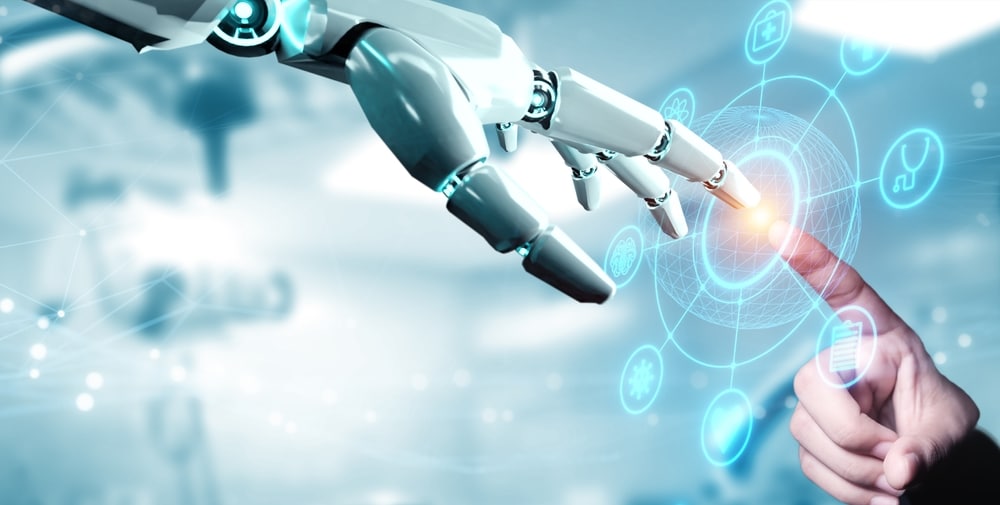When computer scientists at Microsoft started to experiment with a new artificial intelligence system last year, they asked it to solve a puzzle that should have required an intuitive understanding of the physical world. “Here we have a book, nine eggs, a laptop, a bottle and a nail,” they asked. “Please tell me how to stack them onto each other in a stable manner.”
According to DNYUZ, The researchers were startled by the ingenuity of the A.I. system’s answer. Put the eggs on the book, it said. Arrange the eggs in three rows with space between them. Make sure you don’t crack them.
“Place the laptop on top of the eggs, with the screen facing down and the keyboard facing up,” it wrote. “The laptop will fit snugly within the boundaries of the book and the eggs, and its flat and rigid surface will provide a stable platform for the next layer.”
The clever suggestion made the researchers wonder whether they were witnessing a new kind of intelligence. In March, they published a 155-page research paper arguing that the system was a step toward artificial general intelligence, or A.G.I., which is shorthand for a machine that can do anything the human brain can do. The paper was published on an internet research repository.
Microsoft, the first major tech company to release a paper making such a bold claim, stirred one of the tech world’s testiest debates: Is the industry building something akin to human intelligence? Or are some of the industry’s brightest minds letting their imaginations get the best of them?
“I started off being very skeptical — and that evolved into a sense of frustration, annoyance, maybe even fear,” Peter Lee, who leads research at Microsoft, said. “You think: Where the heck is this coming from?”
Microsoft’s research paper, provocatively called “Sparks of Artificial General Intelligence,” goes to the heart of what technologists have been working toward — and fearing — for decades. If they build a machine that works like the human brain or even better, it could change the world. But it could also be dangerous.
And it could also be nonsense. Making A.G.I. claims can be a reputation killer for computer scientists. What one researcher believes is a sign of intelligence can easily be explained away by another, and the debate often sounds more appropriate to a philosophy club than a computer lab.
Last year, Google fired a researcher who claimed that a similar A.I. system was sentient, a step beyond what Microsoft has claimed. A sentient system would not just be intelligent. It would be able to sense or feel what is happening in the world around it.
But some believe the industry has in the past year or so inched toward something that can’t be explained away: A new A.I. system that is coming up with humanlike answers and ideas that weren’t programmed into it.
Microsoft has reorganized parts of its research labs to include multiple groups dedicated to exploring the idea. One will be run by Sébastien Bubeck, who was the lead author on the Microsoft A.G.I. paper.
About five years ago, companies like Google, Microsoft and OpenAI began building large language models, or L.L.M.s. Those systems often spend months analyzing vast amounts of digital text, including books, Wikipedia articles and chat logs. By pinpointing patterns in that text, they learned to generate text of their own, including term papers, poetry and computer code. They can even carry on a conversation.










